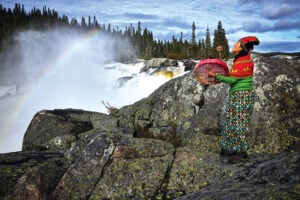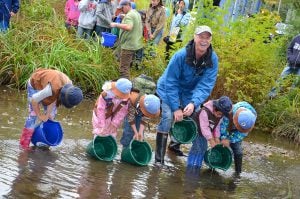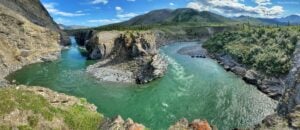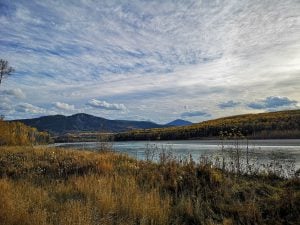
Environment
I am Mutehekau Shipu: A river’s journey to personhood in eastern Quebec
In February 2021, the world was introduced to Mutehekau Shipu — also known as the Magpie River — when the people of Ekuanitshit, Que. and the regional municipality made a joint declaration granting the river legal personhood and rights. The declaration carries broad implications for the fight to protect nature across Canada and around the world.
- 3623 words
- 15 minutes






